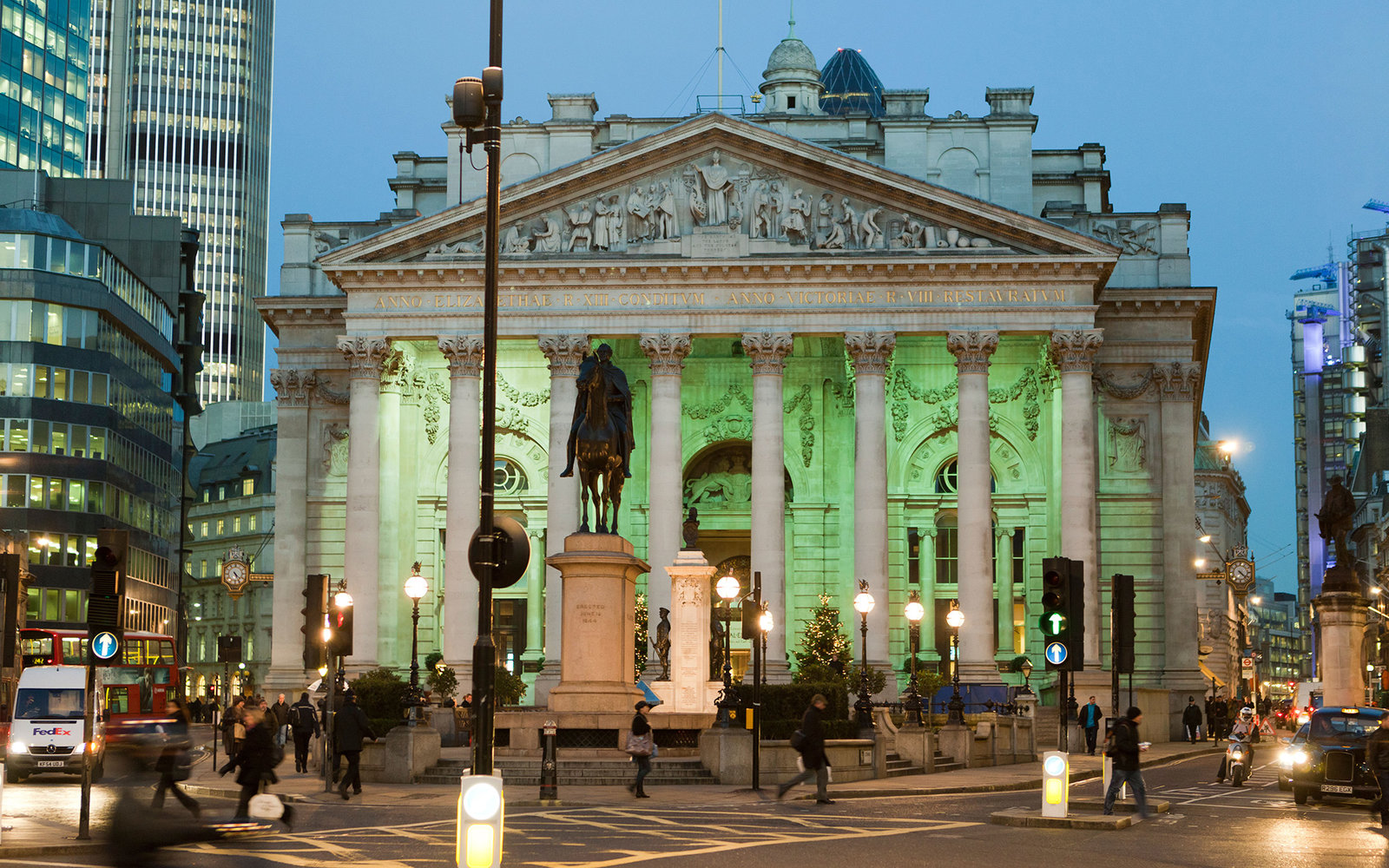
London has long been known for its free museums, but let's face it: Most visitors to the English capital focus on the usual suspects, like the British Museum, the Victoria & Albert, the National Gallery, the Tate Modern, and the city's other world-class repositories of art and culture. And that's fine, as far as it goes.
But there is a lesser-known, second tier of free museums that are more than worth an hour or so of your time and interest, especially if you're in the mood to revel in the overlooked, the historic, and the just plain weird. Best of all, these places are within a healthy walking distance of one another—two and a half miles from the first to last—allowing a museum-goer to visit as many as six in a single day, as I recently did.
So put on your comfiest walking shoes, get ready for an early start, and see if you can make all six before the doors are locked for the night.
Visitors to the Old Lady of Threadneedle Street, as the august institution is fondly known, enter a domed room—the bank's former Stock Office—then meander through spaces dedicated to the past three centuries of English finance. Of special interest for their rarity are two gold five-guinea coins—one from the reign of Charles II in 1674, the other from the time of James II in 1686. More exhibits of note: the minutes book of the bank's first Court of Directors (1694-95), the Bank of England charter issued by William and Mary in 1694, and a Rube Goldbergian "Sovereign Check-Weigher" from 1842 that could weigh and sort 2,500 coins an hour—and spit out the bad ones. Plan to spend most of your time in the Rotunda, a bright room filled with statues, columns, and…gold bars! Roman gold bars, hand-poured 10-tolas bars, a London Good Delivery Bar (which you are invited to hold), and the Coronation Gold Bar given to Elizabeth II to place on the altar of Westminster Abbey when she was crowned in 1953.
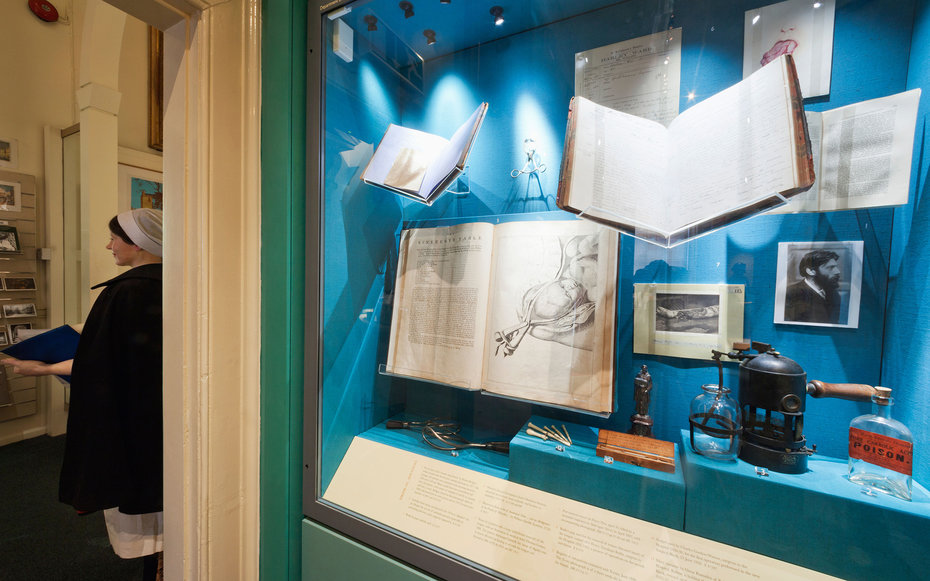
Barts, as the hospital is affectionately known, is where Sherlock Holmes famously first met Dr. John Watson. A brass plaque in the museum now marks that noteworthy fictional meeting. Wander through the antique displays and find alms-dishes from the middle 1600s, a horrific "lunatic restraint," a case of amputation instruments guaranteed to make you shudder, and medieval lancets for bloodletting. But the collection isn't all gruesome. Two massive paintings by William Hogarth adorn the staircase in the hospital's Great Hall, and contemporary doctors' kits detail the day-to-day operations of a hospital in the 1700s and the world of the Victorian physician. Don't leave the grounds without a quick visit to the charming, airy, 15th-century Church of St. Bartholomew-the-Less.
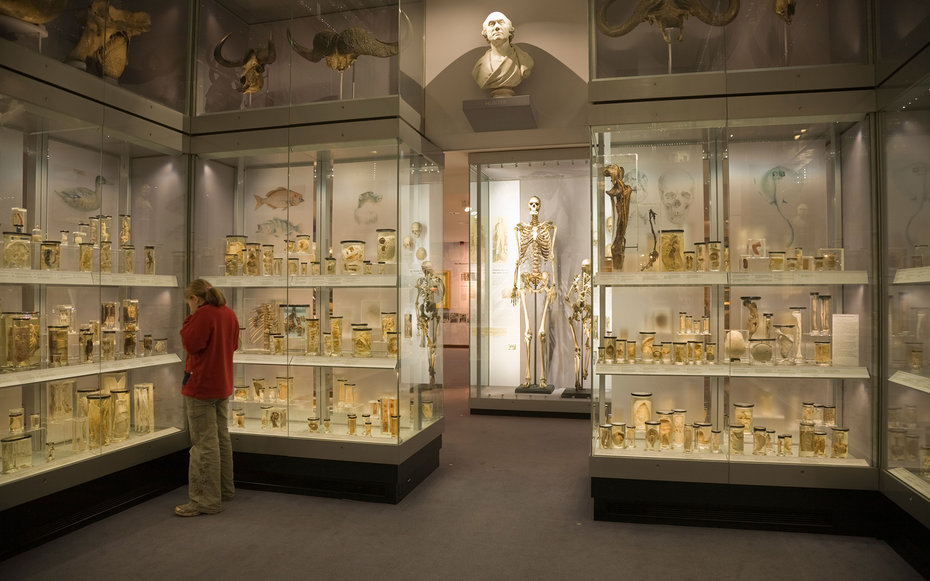
Call it the Bones, Brains, Blood, and Birds-in-Bottles Museum. You'll find cabinet after cabinet filled with curiosities: the skull of a stillborn child from 1809, a spiral elephant's tusk from the 1670s, a four-legged chick, a section of the water-carrying second stomach of a camel, the preserved brain of a mongoose lemur. This diverse and at times utterly odd assemblage is based on the personal collection of 18th-century surgeon John Hunter, who didn't know when to quit. Human skulls and jawbones fill several cases. There is a small art gallery with an emphasis on portraits of dwarves (achondroplasia), exotic animals, Chang and Eng (the original "Siamese Twins"), and the whalelike Daniel Lamert (1770-1809), who weighed in at 735 pounds. My favorite display is the skeleton of Charles Byrne (1761-1783), the 7-foot 7-inch "Irish Giant." But you may find even more interesting the partial skeleton of a Dodo bird, a species that has been "dead as a Dodo" for more than 300 years.
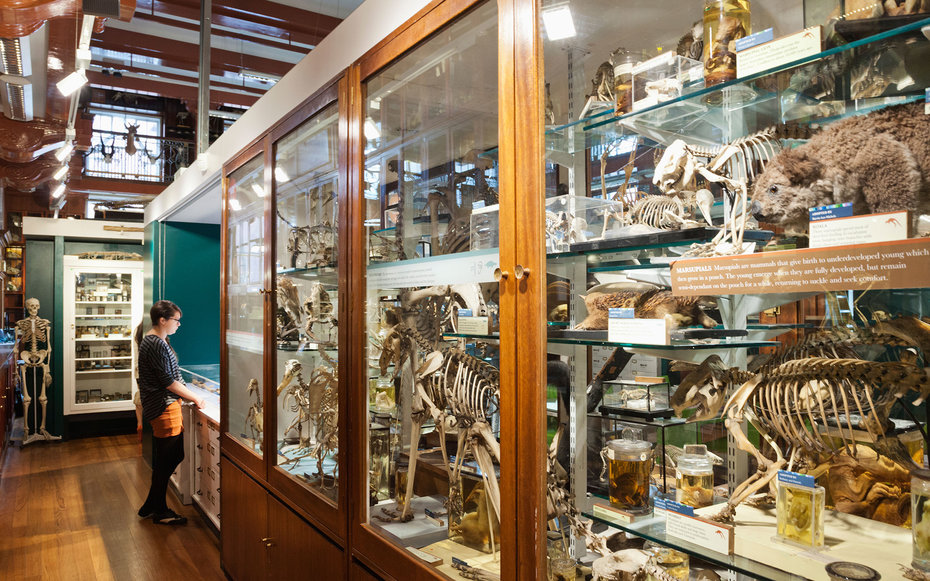
As you enter the modest space among the other UCL buildings, you are greeted with containers of preserved earthworms, octopus eyes, rabbit leg bones, stained pig fetuses, and a great many brains (monkey, goat, marmoset, echidna, you name it). A magnificent giant deer fossil, more than 7,000 years old, with antlers more than 11 feet wide, dominates one corner of the room. Enjoy looking at the skeleton of a quagga, a type of zebra hunted to extinction for its pelt in 1883; only seven of these skeletons still exist, including this one, placing it among the rarest of the world's fossils. The museum is informal and a bit scattered, with lots of sincere, studious college students roaming around, taking notes and pressing their noses against the display glass. The exhibits are housed in beautiful—and very old—wooden cases, some lighted, some not. My favorite: a jar of preserved whole moles, which the museum itself describes as "bizarre."
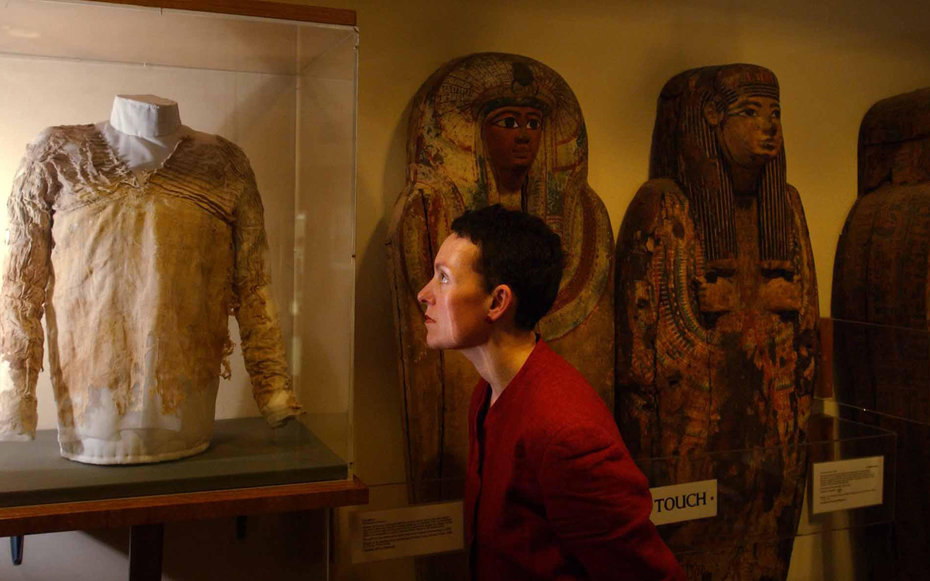
Located on the second floor of an academic building in the very heart of the UCL campus, the Petrie ranks high among all the world's Egyptian collections. Though thousands of years old, much of what you see appears at first to be little more than large chunks of carved stone. But spend some time inspecting the objects and you'll find they contain many scenes of daily life in ancient Egypt: a butcher carving a leg of beef; carpenters building furniture for a tomb; two men standing while sailing a small boat. And there's so much more. Pyramid texts for King Pepy I at Saqqara. Elaborate beaded necklaces and bracelets. A wooden rake head. A toy hippo carved from flint. Top on my list was an intricately painted coffin of a woman named Nasirytisitnefer, who died around 700 B.C. How any of these relics—clay pots, alabaster vases, limestone figurines, carved ivory decorative items, bone combs—survived the millennia, the weather, and the tomb thieves is nothing short of a marvel.
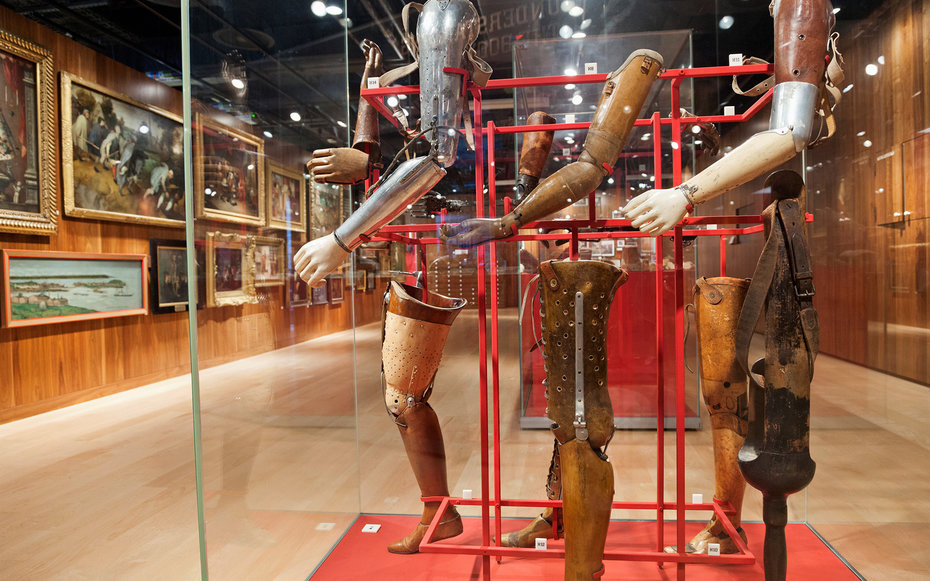
Big, bright, popular, and free! If you're short on time (or energy), skip the secondary exhibitions and head straight for the main part of the museum, Medicine Man, a paean to Henry Solomon Wellcome (1853-1936), the founder of the pharmaceutical empire that grew into Glaxo Wellcome (now GlaxoSmithKline). It's a quirky collection that probably says as much about the collector as the subject at hand. Victorian-era diagnostic dolls, vintage Japanese sex aids, Napoleon's toothbrush, and strands of hair from George III of England. My favorites: a beautifully crafted, highly ornate enema syringe from the mid-1800s; an iron-and-velvet chastity belt; an entire mummified body from Peru, some 500 years old; and a shrunken head from the Shuar people of South America. Mr. Wellcome, it becomes clear, didn't pussyfoot around! There is even a wood-and-steel Guillotine blade from the time of the French Revolution. The lobby has an attractive café with sandwiches, pastries, and coffee and tea—a well-earned treat after visiting six museums in just eight hours.